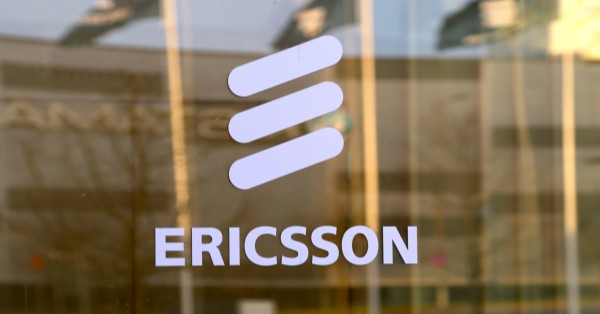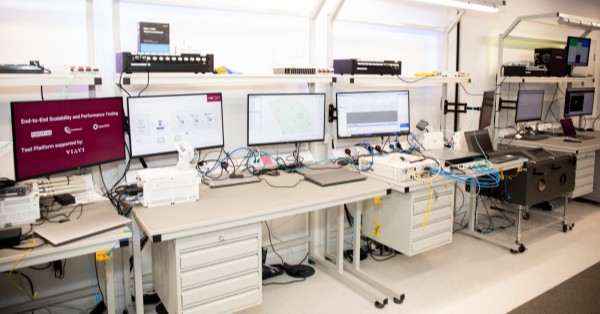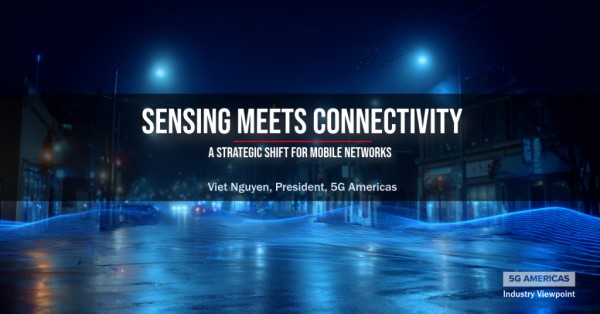Introduction
The Next Generation Mining (NGMining) project has embarked on a pioneering journey to redefine the paradigms of underground mining operations. By intertwining the robust capabilities of Private 5G and edge computing, the project aims to navigate through the intricate and hazardous environments of underground mines, ensuring enhanced safety and operational efficacy.
Challenges in Underground Mining
Underground mining presents a myriad of challenges, including ensuring the safety of personnel and machinery, maintaining operational efficiency, and navigating through complex, often hazardous environments. The objective was to circumvent these challenges by integrating next-gen digital solutions that could seamlessly operate within these confines, ensuring not only the safety of autonomous machines but also elevating the overall productivity and sustainability of mining operations.
Implementing a Robust Solution with 5G and Edge Intelligence
The NGMining project, a collaborative effort involving VTT, Nokia, Sandvik, and other Finnish entities, has meticulously deployed Private 5G wireless networks and edge intelligence to bolster autonomous mining. The solutions implemented encompass dynamic safety zone algorithms, 360° real-time video streaming for underground vehicles, and the development of a digital twin for underground mining sites. These innovations facilitate near real-time communications between site systems, devices, and vehicles, thereby enhancing situational awareness and adaptive autonomous control in the challenging underground mining environment.
Link to the NGMining Video
Evidence of Technological Advancements
The project has successfully demonstrated various novel solutions, including adaptive autonomous control solutions for autonomous moving mining machines and improvements in wireless network design capabilities through radio signal measurements in underground environments. These technologies were rigorously tested not only in laboratory settings but also in real operational test mine environments, ensuring their viability and effectiveness in practical applications.
Selecting 5G and Edge Intelligence: A Strategic Move
The strategic selection of 5G and edge intelligence was pivotal due to their inherent capabilities in enabling real-time communications and data processing at the edge, crucial for managing autonomous operations in the challenging and dynamic environment of underground mines. These technologies facilitate the creation of a digital twin, ensuring seamless and safe remote operations, which is imperative for enhancing safety and operational efficiency in mining.
Benefits and Impact on the Mining Industry
The integration of 5G and edge computing in mining operations not only enhances safety through real-time monitoring and autonomous control but also significantly boosts productivity and sustainability. The industry stands to gain from these technological advancements by ensuring safer working conditions, minimizing operational downtimes, and optimizing resource utilization, thereby setting a new benchmark for mining operations globally.
Nokia’s Pivotal Role in the Project
Nokia has been instrumental in the project, developing and deploying 5G private wireless networks and MX Industrial edge platforms, which have been fundamental in enabling real-time video streaming and safe remote operations. The technological advancements have further enriched the Nokia Connected Digital Mine capabilities, showcasing a promising future for digital mining operations.
Collaborative Efforts and Roles of Partners
The project witnessed a confluence of efforts from various partners. Sandvik provided its Test Mine facilities for real-world trials and demonstrations, while Satel addressed intricate connectivity requirements by deploying secure and robust 5G technology, supplemented with WiFi Mesh connectivity. Other partners, including universities and companies, contributed their expertise in research, development, and application of the technologies, ensuring a holistic approach to solving the challenges posed by underground mining environments.
Project Status and Timeline
Concluding in September 2023, the NGMining project has transitioned from initial trials through testing phases and is now in the post-deployment evaluation stage, having spanned over two years of intensive research, development, and testing.
Conclusion and Future Prospects
The NGMining project, through its innovative application of Private 5G and edge computing, has illuminated the path toward safer and more efficient underground mining operations. While the project has concluded, the technologies and methodologies developed offer a blueprint for the future, promising a safer and more sustainable mining industry, with potential applications being explored in various other industries facing similar challenges.



























